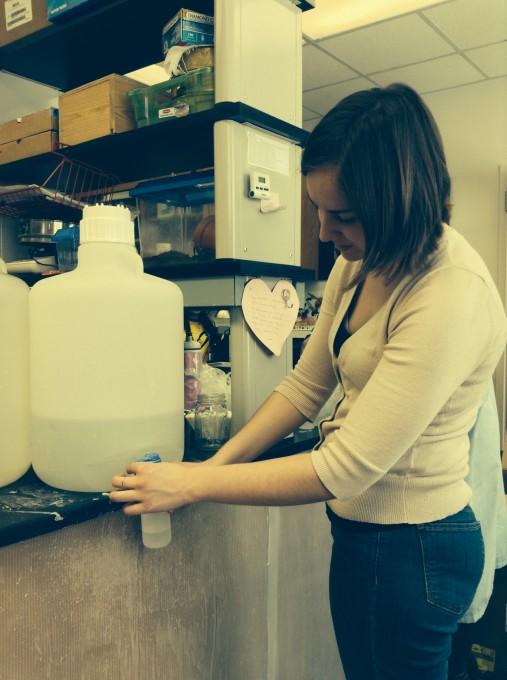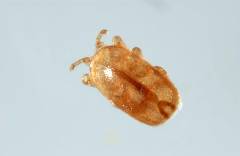
It all started when I was registering for fall semester of my freshman year of college. I was scrolling through the list of General Education courses, searching for a semi-interesting class that would fulfill as many General Education requirements as possible. Given the fact that I was adjusting my schedule towards the end of the registration period, my options were very limited. In the end, I had to choose between a geology class and a pollination class. After years of involuntarily studying earth science in the public school system, the thought of taking yet another geology class filled me with dread. I signed up for the course titled “Pollinators in Crisis”.
Considering I walked into the first class entirely ignorant of the importance of pollination, I had the most to gain from this particular course. After the first lecture, I was hooked. I never knew that the amount of pollination is related to the development of the fruit. I had no idea that bees could get sick, and I was shocked to learn that the entire bee population itself was dwindling. I wanted to learn more, and I wanted to help, but I did not know how. When my TA mentioned that the department needed extra assistance in the van Engelsdorp Entomology Lab, I figured that would be a good place to start.
I started volunteering for a few hours in the lab each week. All of the lab employees were friendly and supportive. They were willing to teach me how to do anything, and I was always ready to pick up new skills. The first task I learned was how to make salt water. The salt water was needed in order to bottle bee specimens for transportation. After I finished making the salt water, they taught me how to prepare the bottles. This continued for the next several weeks. I learned something new every visit, and by the end of the semester, I knew how to do enough of the lab activities to be of substantially more use to the lab than I was on my first day of volunteer work.
I sincerely enjoyed my experience at the lab, and I wanted to continue spending time there. The lab directors, Heather and Karen, informed me of a class I could take that would give me credit for volunteering in addition to completing a project of my choice related to the lab. I immediately enrolled in the course as soon the registration period for the next semester began. The next step was to ponder topics for my project. Fortunately, the lab provided all class participants with a list of options. Writing an action plan for an infestation of Tropilaelaps mites peaked my interest. I had never written an action plan, nor did I have any clue as to what a Tropilaelaps mite was. But I liked writing, and I liked learning. I figured I had the most to gain from this particular project.

My two mentors, Grace and Karen, showed me websites and blogs offering introductory information about Tropilaelaps mites. One of the first sources they directed me to was Jennie Stitzinger’s page about Tropilaelaps mites, which offered helpful background knowledge about the parasites (https://beeinformed.org/2012/07/tropilaelaps-mites/). Grace and Karen also provided me with other reading materials, including examples of past action plans written for various pests. They also introduced me to Ronald Ochoa, a research entomologist, who provided detailed information about mites and their behaviors. After utilizing all of my sources, I had a better understanding of my current task at hand. In short, Tropilaelaps mites parasitically feed on bee brood, which causes deformities, infections, and premature deaths in the surviving victims that grow into adult bees. Tropilaelaps mites reproduce at a very rapid rate, allowing them to quickly overwhelm and devastate hives. They pose a severe threat to our bee population, as our bees do not have any natural defenses to these particular parasites. Currently, there have been no sightings of this particular mite in the United States of America. However, pests and parasites have been known to spread over vast areas in the past. I am drafting an action plan detailing the steps that must be taken if, dare I say “when”, the Tropilaelaps mites reach our borders. Creating an action plan prior to their potential arrival is important because it will be easier to deal with the situation if there is a predetermined procedure for reference. Similar to when airline flight attendants review the sequence of steps to be taken in an emergency, this action plan will protect the safety of our bees by informing beekeepers of what they should do if they discover Tropilaelaps mites in their own backyard.
As I have said before, I decided to sign up for this class and its responsibilities because I believed I had the most to gain from the opportunity. I met numerous inspiring individuals, became an amateur expert on Tropilaelaps mites, and made my first attempt at drafting an action plan. I am pleased to say that the experience was everything I had hoped it would “bee”.